- CUSTOM BOXES
- CUSTOM BAGS
- CUSTOM STICKERS
Unveiling the Secrets of Help Packaging for Optimal Product Preservation
In the realm of product preservation, efficient help packaging strategies play a crucial role in maintaining the quality and longevity of a wide array of items. This article delves into the innovative techniques and tips integral to understanding how help packaging can significantly enhance preservation efforts. As we unveil the secrets behind effective packaging solutions, readers will discover essential insights ranging from material selection to design considerations that optimize protection. Whether it’s food products needing freshness or fragile items requiring careful handling, mastering the principles of help packaging ensures that products reach consumers in peak condition. By exploring these valuable tips, manufacturers and consumers alike can make informed decisions that not only extend product life but also enhance overall satisfaction.

Innovative Materials in Help Packaging for Extended Shelf Life
The evolution of help packaging has ushered in a new era of innovative materials designed to enhance product preservation and extend shelf life. These advanced materials are engineered not only to protect products from environmental factors but also to actively contribute to their longevity. For instance, the introduction of biodegradable polymers infused with antimicrobial agents has shown remarkable effectiveness in inhibiting the growth of bacteria and mold, allowing perishable items to remain fresh longer.
Additionally, smart packaging solutions, such as those equipped with moisture and oxygen control systems, are revolutionizing how products are stored and transported. These intelligent materials can adapt to changing conditions, providing real-time feedback and ensuring that products are kept in optimal conditions throughout their lifecycle. As a result, consumers benefit from higher-quality products with extended shelf lives, while companies experience reduced waste and enhanced sustainability. The future of help packaging lies in the continuous exploration of these innovative solutions, offering promising prospects for both the industry and consumers alike.
Unveiling the Secrets of Help Packaging for Optimal Product Preservation
This chart represents the effectiveness of various packaging materials in preserving product quality. The scoring ranges from 1 to 10, with higher scores indicating better preservation capabilities.
Understanding the Role of Temperature and Humidity Control in Preservation
Temperature and humidity control play a vital role in the effective preservation of products, particularly in industries such as food, pharmaceuticals, and electronics. Fluctuations in temperature can lead to spoilage, degradation, or loss of efficacy, impacting the overall quality and shelf life of a product. For instance, perishable goods such as dairy and meats require refrigeration to inhibit bacterial growth, while sensitive pharmaceuticals often need precise temperature conditions to maintain their potency.
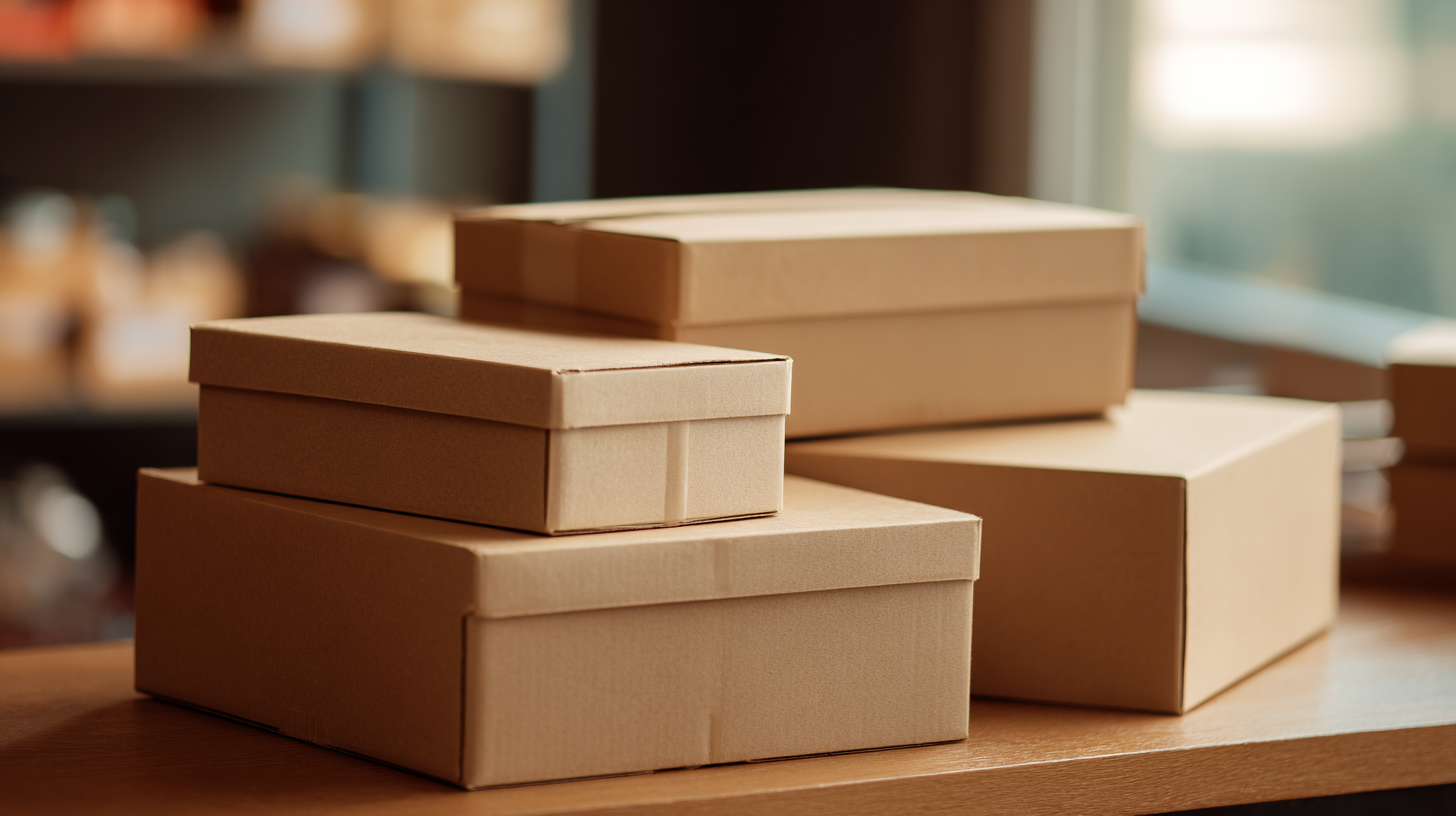
Humidity levels are equally crucial; excessive moisture can foster mold growth and lead to product spoilage, while too little can cause desiccation. Packaging solutions that incorporate humidity control systems or desiccants are essential for maintaining the integrity of hygroscopic materials. By effectively managing both temperature and humidity, manufacturers can ensure that their products remain in optimal condition, reducing waste and enhancing customer satisfaction.
Innovations in packaging technology, such as temperature-sensitive inks or moisture-regulating materials, are paving the way for more efficient preservation methods, significantly benefiting various sectors.
The Importance of Barrier Properties in Effective Packaging Design
Barrier properties play a crucial role in effective packaging design, particularly in preserving the integrity of products. A study from the Institute of Packaging Professionals indicates that up to 60% of consumer products can experience spoilage due to inadequate packaging. The right barrier properties can protect products from moisture, oxygen, and light—elements that often lead to degradation. For instance, polyethylene and polyethylene terephthalate (PET) are frequently employed in flexible packaging for their exceptional moisture resistance and versatility. These materials help in extending shelf life, which is essential for manufacturers and retailers.
When considering packaging design, it’s important to implement a multi-layer approach. Tips for achieving optimal barrier performance include selecting materials with appropriate thickness, utilizing coatings for enhanced moisture and oxygen resistance, and conducting thorough testing for compatibility with the product. A report by Packaging Strategies revealed that products with improved barrier properties see a 30% increase in consumer satisfaction, as they maintain quality and freshness longer.
Ultimately, investing in effective barrier properties not only enhances product preservation but also bolsters brand reputation. Applying these principles can lead to more sustainable practices, as extended shelf life contributes to reduced food waste and lower environmental impact.
Sustainable Practices in Help Packaging for Eco-Friendly Preservation
Sustainable practices in help packaging are crucial for maintaining product integrity while minimizing environmental impact. According to a report by Smithers Pira, the global market for sustainable packaging is expected to reach $500 billion by 2024, driven by increasing consumer demand for eco-friendly solutions. Techniques such as biodegradable materials and minimal packaging can significantly reduce waste and improve preservation. For example, using plant-based polymers not only preserves freshness but also decomposes after use, which helps in reducing landfill contributions.
Tips for adopting sustainable packaging include: **1) Choose materials wisely:** Opt for recyclable or biodegradable options to enhance sustainability. **2) Reduce packaging size:** Minimizing the amount of material used can lower production costs and waste. **3) Consider multifunctional designs:** Creating packaging that serves multiple purposes can further decrease waste and extend the life of the product. Implementing these practices can lead to a win-win situation for both manufacturers and consumers, as they support environmental efforts while maintaining product quality.
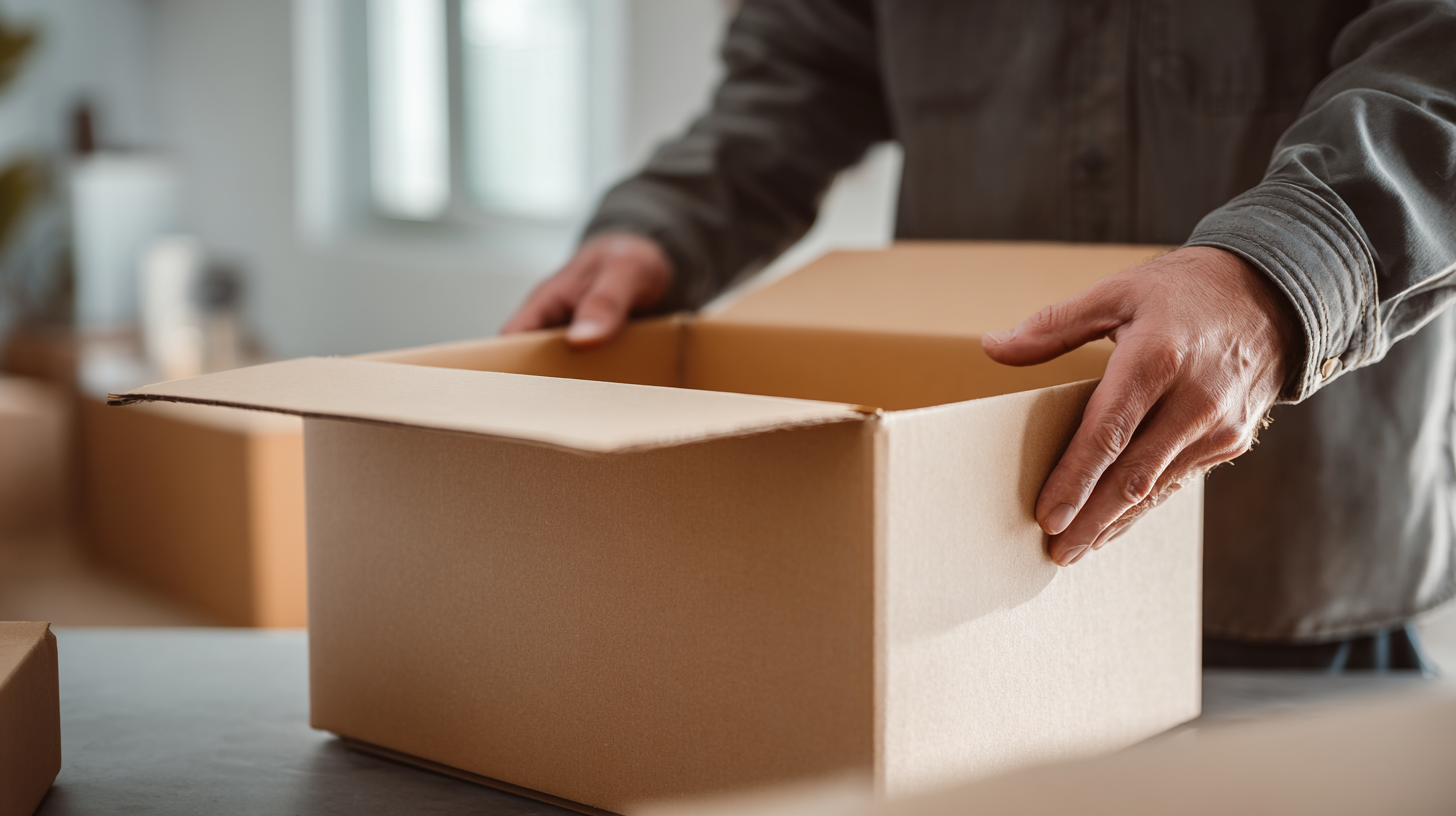
Technological Advances in Help Packaging: Smart Solutions for Quality Maintenance
Advancements in help packaging technology have transformed the way we preserve product quality. Smart solutions, such as active and intelligent packaging, play a crucial role in maintaining freshness and extending shelf life. These innovative systems can monitor environmental conditions, releasing preservatives or absorbing moisture as needed, ensuring that products remain at their optimal state until consumption.
Tips for selecting the right packaging include evaluating the specific needs of your product. Consider factors like temperature sensitivity and moisture levels. Incorporating smart labels that indicate freshness can also help consumers make informed decisions about product viability. Additionally, choosing materials that are sustainable and eco-friendly will not only protect your products but also appeal to environmentally conscious consumers.
Embracing these technological advances in help packaging not only enhances product quality but can also lead to significant cost reductions by minimizing waste. Investing in smart packaging solutions is an investment in the longevity and reputation of your products, fostering customer trust and satisfaction in the long run.
Unveiling the Secrets of Help Packaging for Optimal Product Preservation - Technological Advances in Help Packaging: Smart Solutions for Quality Maintenance
| Packaging Type | Material | Application | Shelf Life Extension (Months) | Temperature Control |
|---|---|---|---|---|
| Vacuum Packaging | Polyethylene | Meat Products | 12 | ≤ 4°C |
| Modified Atmosphere Packaging (MAP) | Nylon | Fresh Produce | 8 | 2°C - 8°C |
| Active Packaging | Polypropylene | Dairy Products | 6 | ≥ 0°C |
| Aseptic Packaging | Carton | Juice | 12 | Room Temp. |
| Smart Packaging | Biodegradable Plastics | Bakery Products | 4 | ≤ 20°C |
Related Posts
-
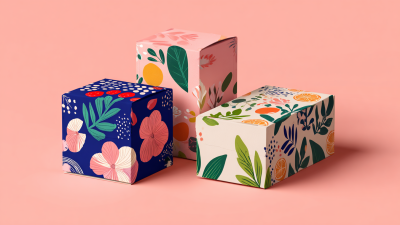
Transform Your Brand: Innovative Box Packaging Design Trends You Need to Know
-

The Transformative Power of Personalized Packaging Boxes in Elevating Brand Loyalty and Customer Experience
-

Understanding the Rising Demand for Sustainable Packaging Supplies in E Commerce Trends
-
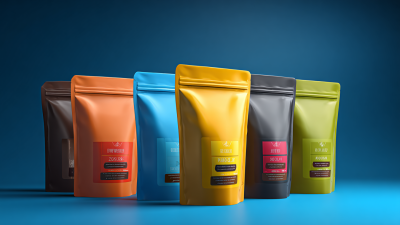
Innovative Stand Up Pouches Transforming Food Packaging with Market Growth Projections
-
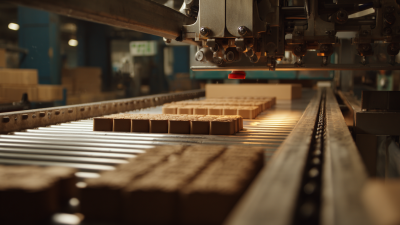
Exploring the Future of Box Printing: Innovative Techniques and Eco-Friendly Materials
-
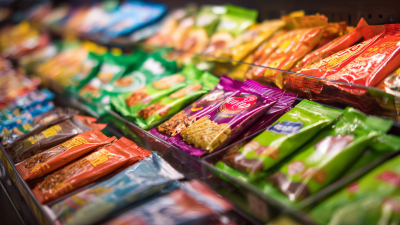
Exploring the Future of Sachet Packaging: Trends Driving Innovation in 2023